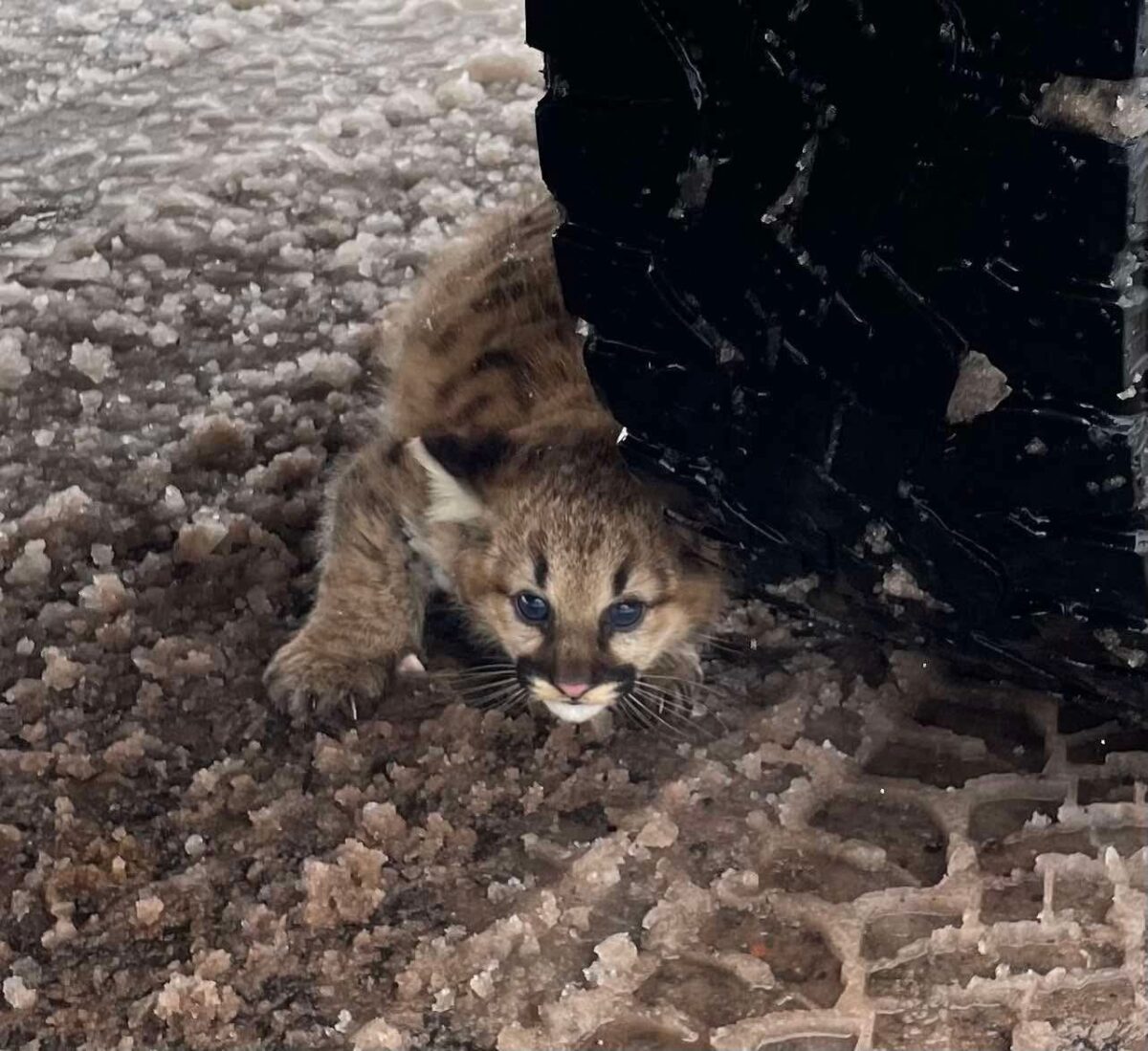Mountain lions are shy and extremely stealthy when it comes to not being seen by people. Tracking collar studies have shown that even lions living on the urban edge in close proximity to millions of people are still almost never detected by us. Radio collars and motion-activated cameras are a common way for researchers to monitor lion populations, seeing when, where, and how far the elusive cats travel. Below are a few recent videos of mountain lions in the wild, but not too far from people.
 This first slideshow was captured by researchers in Peru (full story). A lion cautiously walks past the camera and appears to be sensing something in the distance. It turns out, two field workers were on their way down the trail for routine maintenance on the camera. Though they had no idea there was a lion nearby, the cat was well aware of the approaching people and quickly left the area. It is further evidence of how much better a mountain lion’s sense of smell and hearing are than our own, and that the cats use these abilities to avoid people whenever possible.
This first slideshow was captured by researchers in Peru (full story). A lion cautiously walks past the camera and appears to be sensing something in the distance. It turns out, two field workers were on their way down the trail for routine maintenance on the camera. Though they had no idea there was a lion nearby, the cat was well aware of the approaching people and quickly left the area. It is further evidence of how much better a mountain lion’s sense of smell and hearing are than our own, and that the cats use these abilities to avoid people whenever possible.
 The second video is from the California Bay Area. Since motion-activated cameras have better luck than people when it comes to spotting lions, biologists at Stanford University decided to set up some cameras at the Jasper Ridge Biological Preserve to learn about the local cat population. Lions have occasionally been spotted by residents in the area and over the years a few lost cats have even wandered into town. Researchers assumed they would capture plenty of footage, but it took over a year before the first clip of a lion was recorded. To date, they have captured over forty sightings and are able to identify what appears to be one adult male, an adult female, and multiple kittens living in parts of the preserve.
The second video is from the California Bay Area. Since motion-activated cameras have better luck than people when it comes to spotting lions, biologists at Stanford University decided to set up some cameras at the Jasper Ridge Biological Preserve to learn about the local cat population. Lions have occasionally been spotted by residents in the area and over the years a few lost cats have even wandered into town. Researchers assumed they would capture plenty of footage, but it took over a year before the first clip of a lion was recorded. To date, they have captured over forty sightings and are able to identify what appears to be one adult male, an adult female, and multiple kittens living in parts of the preserve.
Even in California–the state with the most mountain lions and suitable habitat–lions are spread out and continue and regulate their own population in low densities. They are rarely seen but play an irreplaceable role maintaining the wild landscapes we love. Trail cameras and researchers are giving us an inside look at how they manage to survive in shrinking habitats on the urban edge, hopefully for many, many generations to come.



 Facebook
Facebook Twitter
Twitter Send Email
Send Email


